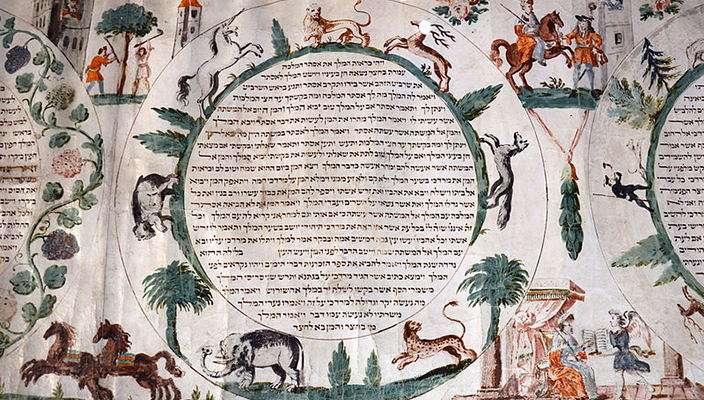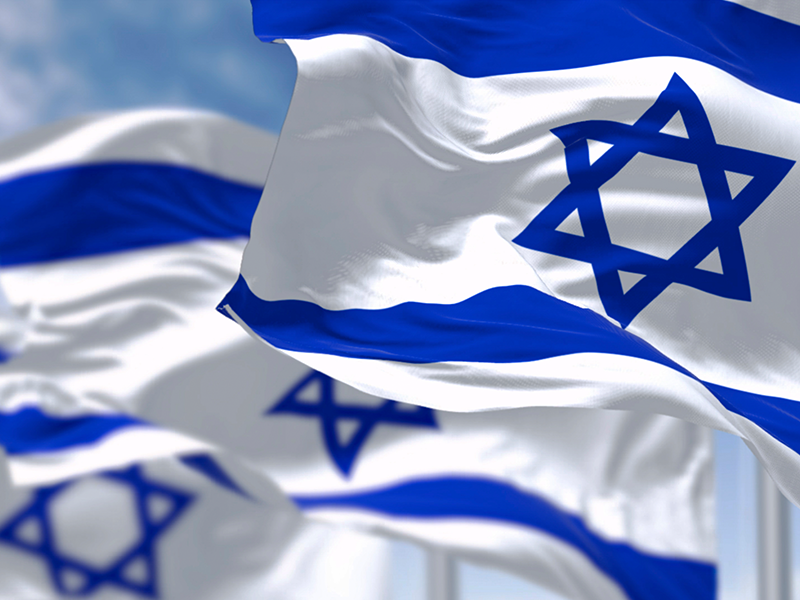11 Things to Know About a M'gillah Reading
Image

Purim, a Jewish holiday in late winter, celebrates Queen Esther and her cousin Mordechai and how they saved the Jews of Persia from an extermination plot by Haman, the king’s vizier. Central to the observance is a public reading – usually in the synagogue – of the Book of Esther (M’gillat Esther, the M’gillah), which tells the story of the holiday.
You’ve never been to a M’gillah reading? Be forewarned; it’s not the High Holidays.
Before you set off for the synagogue, here are 11 things to know about the once-a-year antics you’re about to see and hear.
- Typically, the M’gillah reading is a rowdy affair, punctuated by noisy booing and hissing when Haman's (Boo!!! Hisssssssss!!!) name is read aloud, and thunderous cheers (Yay!!! Whoo-hoo!!) when Mordechai and Esther’s names are recited. (As a side note, in some communities, there is an ongoing debate around booing Haman because, although he certainly was an enemy of the Jews, encouraging kids to boo someone is not necessarily a lesson we want to teach them.)
- Purim celebrations are intended to be fun, irreverent, and so raucous that eventually revelers cannot easily distinguish between “Haman” and “Mordecai” when they are read aloud.
- Children (and some adults, including the rabbi and the cantor) will dress in costume for the occasion. Queen Esther, Mordechai, and Haman are popular costume choices, but don’t be surprised if you see Batman, Wonder Woman, Bob the Minion, or Minnie Mouse in the crowd, too. In fact, on Purim, don’t be surprised by anything you see or hear!
- The Book of Esther customarily is read as part of a Purim worship service and it is a mitzvah (commandment) to hear all 10 chapters in their entirety. In some communities, however, only a portion of each chapter is read during the service, usually so it stays within a 60- to 90-minute timeframe.
- Other communities offer an adults-only M’gillah reading, intentionally drawing attention to the bawdy aspects of the M’gillah story generally “overlooked” in family-friendly celebrations. At such events, some imbibing may hasten participants confusing Haman and Mordechai.
- With only 10 chapters, the Scroll of Esther is much shorter in length than a Torah scroll. Therefore, unlike a Torah, it is rolled on just one roller.
- The M’gillah reading offers an outstanding experiential learning opportunity because the congregation not only listens to the words, but also actively engages with the story – an integral part of the celebration.
- Amidst all the merriment, the story contains a serious message we need to communicate to children and adults: It’s important that each of us stands up for ourselves and that we take our Judaism seriously – individually and as a community.
- M’gillat Esther also offers a teaching moment about our responsibility to care for everyone in our community. To do so, we send gifts to the poor (), ensuring they enjoy a festive Purim meal. We also send baskets of goodies (mishloach manot) to friends and family to enjoy on Purim.
- Don’t forget to bring a with you so you can do your part to drown out the name of Haman when it is read. In some communities, it’s customary to use boxes of macaroni or pasta as noisemakers and then donate them to a food bank, as a demonstration of matanot le-evyonim.
- After the service and M’gillah reading, make sure you get some hamantaschen, the three-cornered fruit- or poppy-filled cookies that are a traditional nosh on Purim. There are various explanations surrounding the cookie’s history and distinctive shape, but all you really need to do is enjoy them!
Happy Purim! Chag Purim Sameach!

